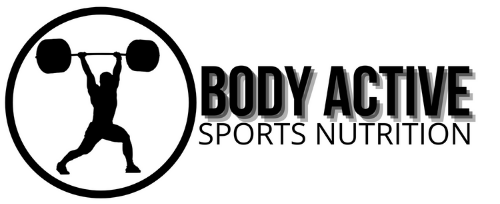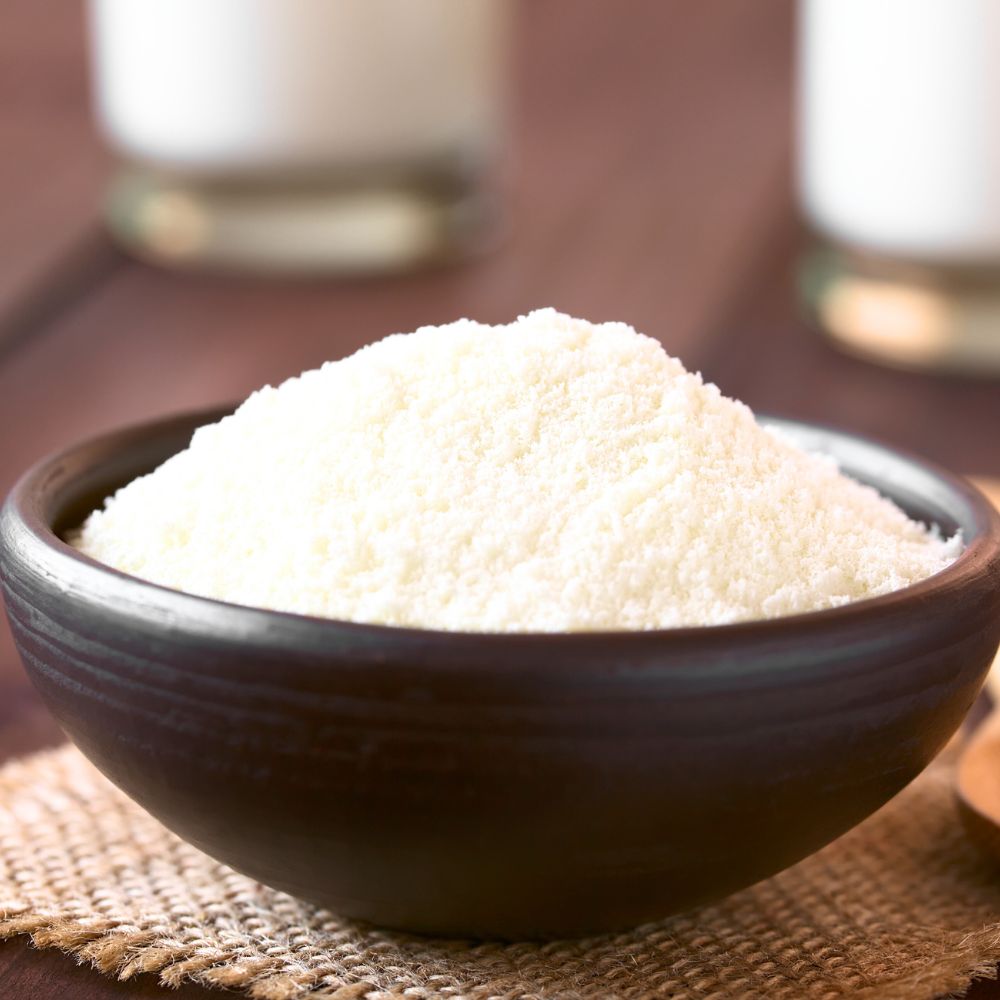As fitness enthusiasts and health-conscious individuals seek ways to increase their protein intake, protein powders have become a popular supplement. However, not everyone wants to invest in protein powder, leading many to consider alternatives like powdered milk. In this article, we’ll explore whether powdered milk can effectively replace protein powder, its nutritional benefits, and how to use it in your diet.
What Is Powdered Milk?
Powdered milk, also known as dried milk or milk powder, is a dairy product made by evaporating milk to remove its moisture content. This process results in a shelf-stable product that retains most of the nutrients found in liquid milk. Powdered milk is often used in baking, cooking, or as an ingredient in various recipes.
Nutritional Profile of Powdered Milk
Powdered milk is rich in several essential nutrients, including:
- Protein: Approximately 8 grams of protein per tablespoon (about 12 grams when reconstituted, which means mixing it with water to turn it back into liquid milk).
- Calcium: Important for bone health.
- Vitamins: Contains B vitamins and vitamin D, depending on fortification.
How Does Powdered Milk Compare to Protein Powder?
1. Protein Content
While powdered milk does contain protein, its concentration is generally lower than that of most protein powders. Typical protein powders offer 20 to 30 grams of protein per serving, whereas powdered milk provides about 8 grams per tablespoon when reconstituted (i.e., mix powdered milk with water). For those with high protein requirements, such as athletes or bodybuilders, this difference can be significant.
2. Amino Acid Profile
Both powdered milk and protein powders contain essential amino acids, but the specific amino acid profiles can vary. Most protein powders, especially whey protein, are designed to have a complete amino acid profile that supports muscle recovery and growth.
3. Other Nutrients
Powdered milk contains additional nutrients like calcium, which is beneficial for bone health, while some protein powders may have added vitamins, minerals, or other ingredients (like creatine or BCAAs) for enhanced performance. Depending on your dietary needs, these additional nutrients can be a deciding factor.
When to Use Powdered Milk
Powdered milk can be a versatile ingredient in your diet. Here are a few ways to incorporate it:
1. Smoothies
Add powdered milk to your smoothies for a creamy texture and an extra protein boost. Simply blend it with fruits, vegetables, and a liquid of your choice (like water or milk).
2. Baking
Incorporate powdered milk into your baking recipes. It can enhance the nutritional profile of muffins, pancakes, or protein bars.
3. Cooking
Use powdered milk in soups, sauces, or gravies to increase the creaminess and protein content.
4. Homemade Protein Drinks
Mix powdered milk with water or a milk alternative to create a protein-rich drink. While it may not be as concentrated as commercial protein shakes, it can still provide a significant protein boost.
Limitations of Using Powdered Milk
While powdered milk has its advantages, there are some limitations to consider:
- Lower Protein Content: If you require high protein intake, you may need to consume larger amounts of powdered milk to meet your needs, which could lead to increased calorie intake.
- Taste and Texture: Powdered milk has a different taste and texture than some protein powders, which might not appeal to everyone.
- Lactose Sensitivity: For those who are lactose intolerant, powdered milk may not be the best option unless using lactose-free versions.
Conclusion
Using powdered milk instead of protein powder can be a viable alternative, particularly for those looking for a cost-effective way to boost their protein intake. While it may not match the protein concentration of dedicated protein powders, it offers additional nutrients and versatility in various recipes. If you’re seeking a more natural or budget-friendly option, powdered milk can certainly play a role in your diet, especially when combined with other protein sources. Always consider your individual nutritional needs and preferences when deciding between powdered milk and protein powder to find what works best for you.

